Shooting the Leica 75 Summarit on a Sony A7RII
By Greg Turner – See his website HERE
There are always things that are so vastly expensive compared to what most people are prepared to pay for them, that they confuse and befuddle those same people by their very existence. But the existence of expensive products is not difficult to understand. There are always going to be people with very large personal fortunes and they are always looking for things with price tags commensurate with their purchasing power. At the extremes, price becomes as irrelevant in all regards, by which I mean it ceases to be an inhibiting factor in decision-making or in assessing relative quality. All that matters is that a thing is expensive enough to justify you, the super-rich, buying it.
I don’t struggle with how much things cost. It is almost certainly a character flaw of mine (which I could unpick but wouldn’t be terribly interesting in a photography blog) but the idea that for example, you can spend over £100,000 on just a pair of hi-fi speakers doesn’t bother me and if I was a billionaire I wouldn’t hesitate.
In the world of cameras we are to some degree similarly indulged. Five figure systems are readily available from Phase One, Hasselblad and, of course, Leica and in particular Leica’s lenses seem to defy all others in their ability to be incomprehensibly expensive, especially in their M-Mount range.
Oddly however, I have a feeling that the most expensive Leica lenses are perhaps the least usable. I’ve never tried to produce critically sharp results with a wide open 50mm Summilux and while I have seen other photographers post such pictures, I am pretty sure it would be beyond me to do consistently. Similarly, shooting a 90mm Summicron at f/2 would be equally tricky, even on something like the A7 series with focus peaking and magnification turned on, I would find that hard and would always be stopping down a little for fear of getting it wrong and losing a great picture.
Until the new Techart focus adapter for M-Mount lenses on E-Mount bodies starts to filter through and be confirmed as a reliable product (I had ordered and pre-paid for one but cancelled the order when I learned that it would not be delivered until June) the more interesting choices for Leica lenses on Sony E-Mount bodies remains, I believe, their more affordable range of Summarit and Elmarit glass.
Which brings me to my ‘review’.
I love the form factor of Leica and other ranger finder lenses; I love the simplicity of a manual focus lens and the sense of connectedness you get from that process. I do think that photography is infinitely better served by having fast and reliable autofocus but I also believe it is enriched by having a choice.
I chose to buy a second hand Leica 75mm Summarit for a number of reasons. Firstly because I couldn’t get over how ‘cheap’ it was, both outright when compared to the equivalent Summicron and relative to the new price. The second hand lens I bought was maybe one or two years old and looked like it was new and it cost me 50% of the new price.
Secondly, because it was so small compared to any other option. Yes, it is ‘only’ an f/2.5 (the latest version is billed as f/2.4 but dealers have told me that the older version itself was ostensibly also f/2.4 but some technicality meant it was sold as an f/2.5, a little bit like how the original BMW 316 was actually a 1.8l engine), but at 75mm, I would be very nervous of shooting at anything larger than this anyway. It would be nice to shoot at f/2 for portraits but as I said earlier, I would be very nervous of nailing the focus.
So f/2.5 is just fine and if I was to go longer, probably the 90mm Elmarit would be similarly fit for purpose.
Thirdly, while the 75mm focal length might feel like a bit of an orphan compared to the standard 50mm real world view and 85mm portrait view set up, it actually works really very well for street portraits. Most of the portraits I shoot are a three quarters to one half presentation of the person because I am interested in how posture and stance adds to the story and presentation of that individual in the final picture. Composing this way with an 85mm lens puts you too far away from the person to enable you to continue to build rapport. 50mm works really for this and most of the portraits I shoot are done with my A-Mount 50mm f/1.4 Plannar. But sometimes I would like to have just a little more perspective compression and while I love the way that the Plannar lens renders colour and contrast, sometimes a subject needs something a little softer and more forgiving.
This is not to say that the 75 Summarit is ‘soft’ in its resolving power. Far from it. It’s as sharp as anything else I’ve used, including Zeiss 55mm FE 1.8 Sonnar and the 35mm FE 1.4 Distagon. But in comparison to those lenses, the Summarit is a little less aggressive with colour and contrast. It’s more soft pastel tones than full bodied oil paint. You tend to see where it will just naturally work in a more complementary way with the light and the subject. Generally speaking it works best with softer light (as do most things), with more gentle and faded colours and lower contrast situations. The portrait ‘Parent’s Evening’ show this very well, with the pastel yellow hoodie rendering in a lovely soft way against the grey concrete pillar.
It’s also a lens that works very well for black and white, especially in early evening light or where you want to soften the skin tone and give a slightly ethereal look.
It will still give strong contrast, but that strong contrast will not feel overly brittle; the experience is more like high cocoa content dark chocolate rather than raw sugar between your teeth, which some lenses can feel like. Pin sharp, strong contrast but still with a warm, slightly organic feel to them.
Overall I am very happy with this lens. It represents a ‘sensible’ choice both overall and for the specific use of street portraiture. Focusing at f/2.5, still requires a degree of concentration, but is nevertheless easily achieved.
There are a few things to be aware of though. The older version is now being sold at a substantial discount and can be found for under £1000. While it is ostensibly the same as the new one, a key difference is that it does not come with a lens hood; this must be bought separately and will cost around £60 new (the same hood is used for both the 75 and 90 Summarit). I first tried to find one second hand on eBay but had no luck. Which is odd because the lens itself is readily available on eBay. Expect to pay around £750 for one, almost regardless of age and condition. The other thing to bear in mind is that they don’t sell that well second hand. The price of £750 seems to be the absolute max they are advertised for, but they also seem to hang around on eBay for quite a while; their doesn’t seem to be much demand for longer length Leica lenses in general so if you do buy one and then want to sell it on, you might have to wait a while for it to sell or sell it for less than you paid for it. I bought mine from Aperture in London and though this was several months ago now, the other 75/90 Summarit/Elmarit lenses they had in are all still available now. This means you might be able to get one for maybe £600-650 on eBay with a best offer. Given that there is nothing to go wrong with a manual lens this might be the more prudent way to purchase one.
Used Leica Gear Tip: You can email Ken Hansen to see if he has any used Leica glass for the best deal!

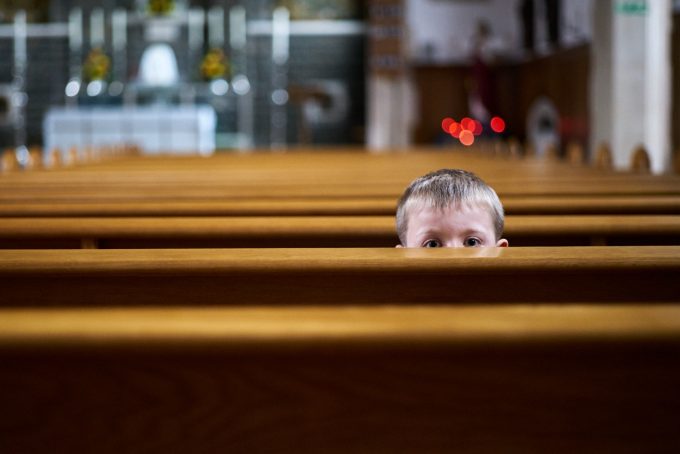
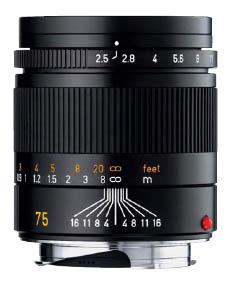
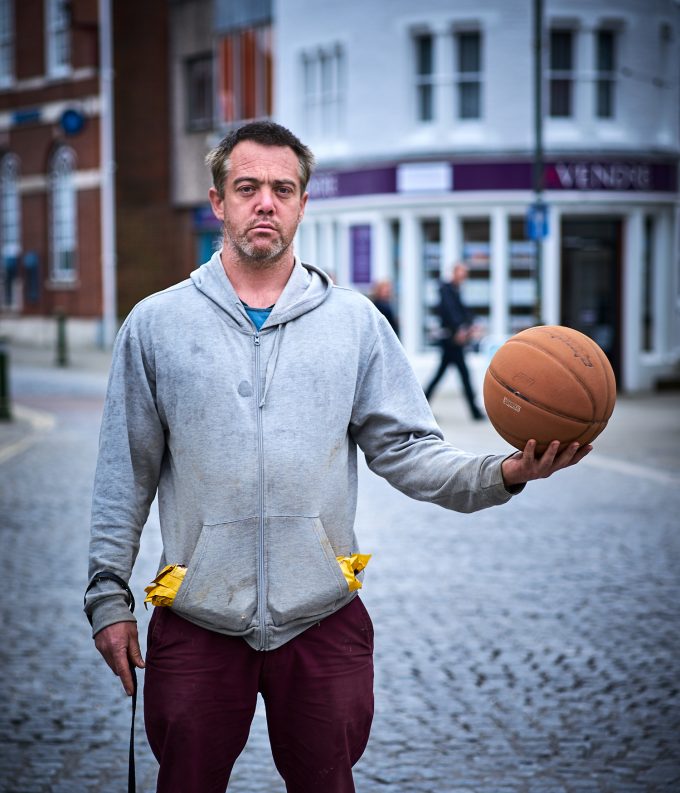
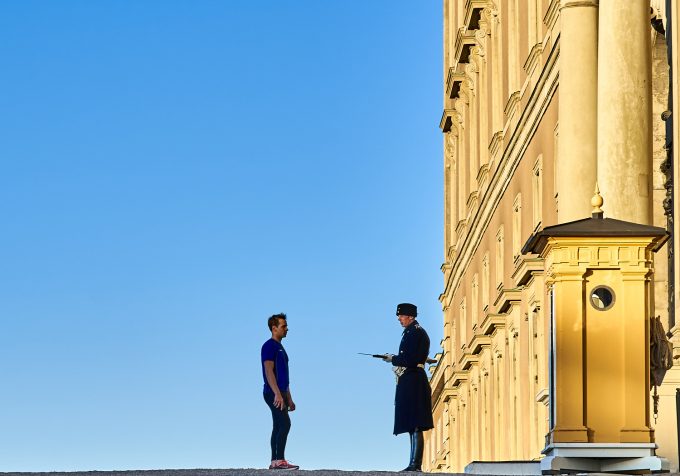
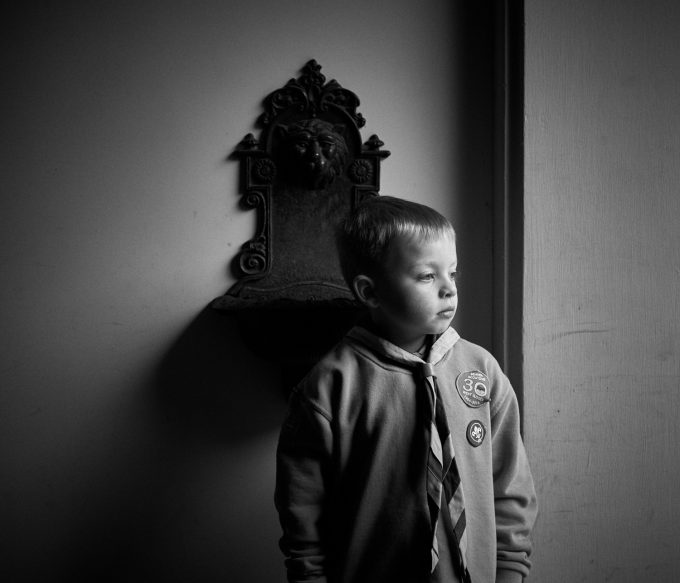
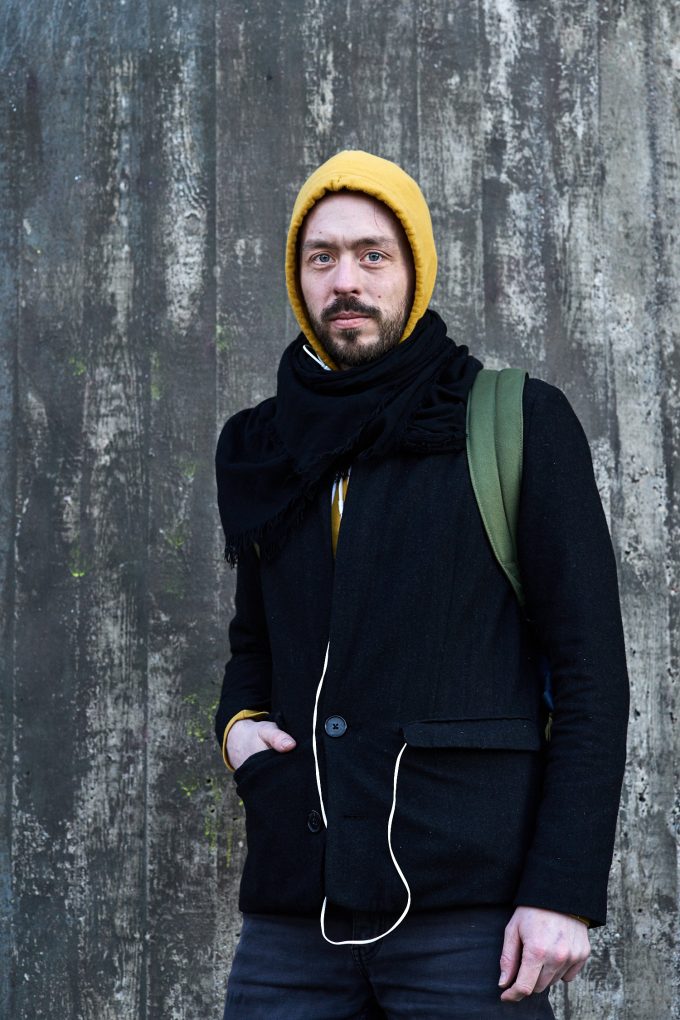
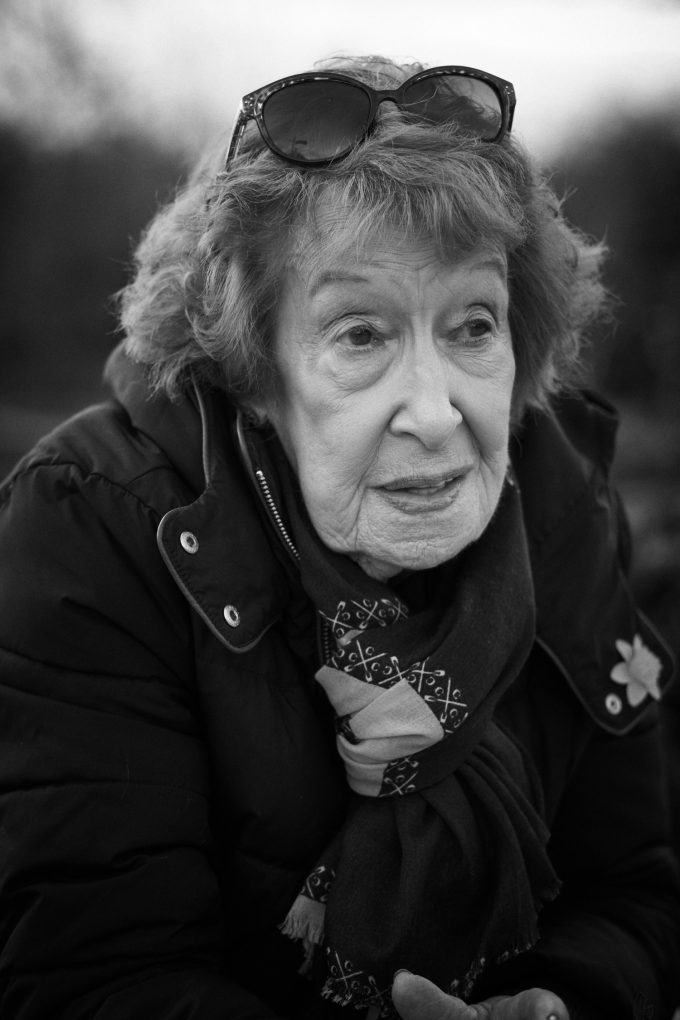
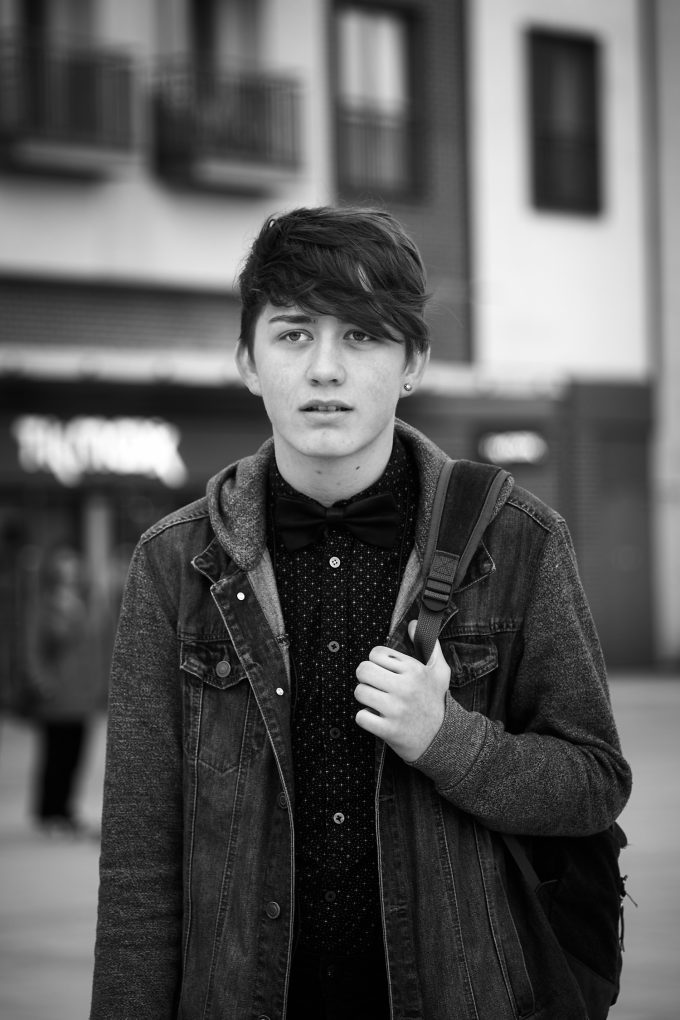


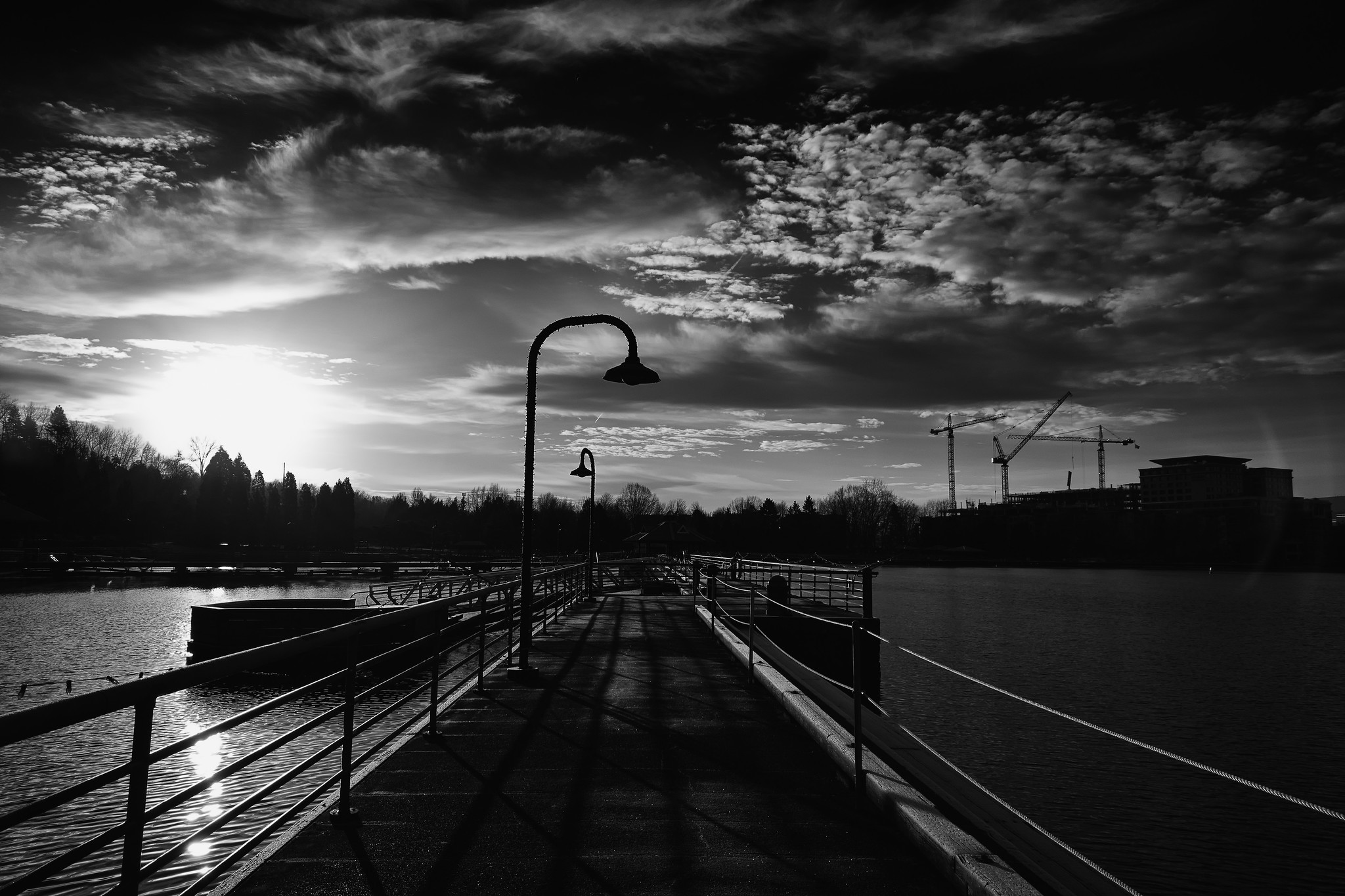
Nice shots.
I dont own the 75 S but from what i saw on the internet this lense is razor sharp , contasty with lovely colors. I myself believe Leica lenses should be mounted on Leica cameras and not on other cameras like Sony.
From what i see the 75 S mounted on the Sony does not produce sharp images , especially the last two b\w images. As to the image colors maybe it is the camera or the Sony Leica combo, but the face colors tend to be red,
As said i prefer the lenses on Leica cameras 🙂
i own and love this lens too …. lovely isolation on the xpro2
Thanks for the good post, I think we can’t have enough advertisement for the use of “foreign” glass on Sony A7.
Since about a month I own an A7S II and I haven’t used any native glass on it, be it Sony or Zeiss.
I have been exclusevly using Leica M, R glass on it (through Novoflex adapters), and also Zeiss Contarex lenses back from the 70s (through Fotodiox adapter). Thanks to the A7S II manual focus assistant (peaking and zoom) I have never had any issues producing razor sharp results – even with the Summilux wide open (ok, the shallow DoF becomes an issue) or the Telyt 8/500. From the latter I even got pefectly sharp results a ridiculous shutter time of 1/80sec hand held (thanks the built in sensor stabilisation!
Really like the images; very good use of light, situation and gear.
One comment: in the first b&w image I wouldn’t have had the clock growing out of the boy’s head. Actually, that window light and the clock offer fantastic compositional opportunities. Just shuffle around a little and see what works best.
I like that idea, thanks for the suggestion. For reference it’s not actually a clock. Rather it’s a stoup, a small basin containing holy water. This was in the entrance to a catholic church in my home town so the light is coming from an open door. It’s the same church that the same boy (my son) is in, in the first image.
It’s interesting that in the UK at least, where other church denominations tend to lock their doors, catholic churches still tend to leave their doors open, at least during the day.
Thanks for the considered reply Greg! And I apologize for mis identifying two essential elements…
Very nice pictures, especially the first 3. If I was a bit more talented, I could take them with my Zuiko 75 (or even 45, if I had one) 1.8 without feeling the need to explain how great expensive manual lenses are.
I love the photo of the young boy. Beautiful!
I agree that the Summarits are underestimated. I mean, they are merely 2/3 of a stop narrower than Summicrons. And they are useful in pretty much any situation. And I don’t see any natural vignetting. The only vignetting I see is probably added in post (which I don’t like, FWIW).
BTW I would not spend 100,000 on a pair of bloody speakers! I would, however, spend my spare millions on more business ventures, like making an IMAX film or something like that. Yeah, it’s risky, but buying speakers that cost as much as a used Ferrari? No thanks. 😉
I don’t see Leicas as luxury products anyway. Premium, but not luxury. The Hasselblad Lunar and Stellar cameras are good examples of luxury items with zero meaning.
Thansk Karim – obviously the young boy is my son. I am a (very) lapsed Catholic but much as I am certain I am an aetheist, the ideas of the ‘church’ is still fascinating to me. My son hiding in the pews was his idea funnily enough.
I tested this against the 75mm f1.8 Heliar – guess what? The heliar had slightly better resolution at f2.8 AND it costs less than 1/2 again. Voightlander is sooooo beautiful for us less than Billionaires.
Would love to see any posts you’ve made, gregkoz2. You on flickr or some such site?
Good article Greg, I also use the 75mm f 2.5, its a delight to use.
Really like these…great job!